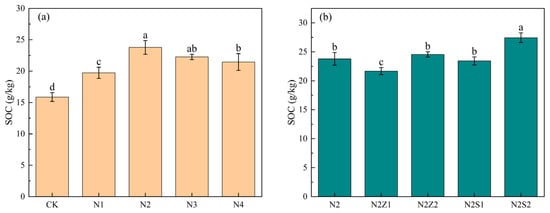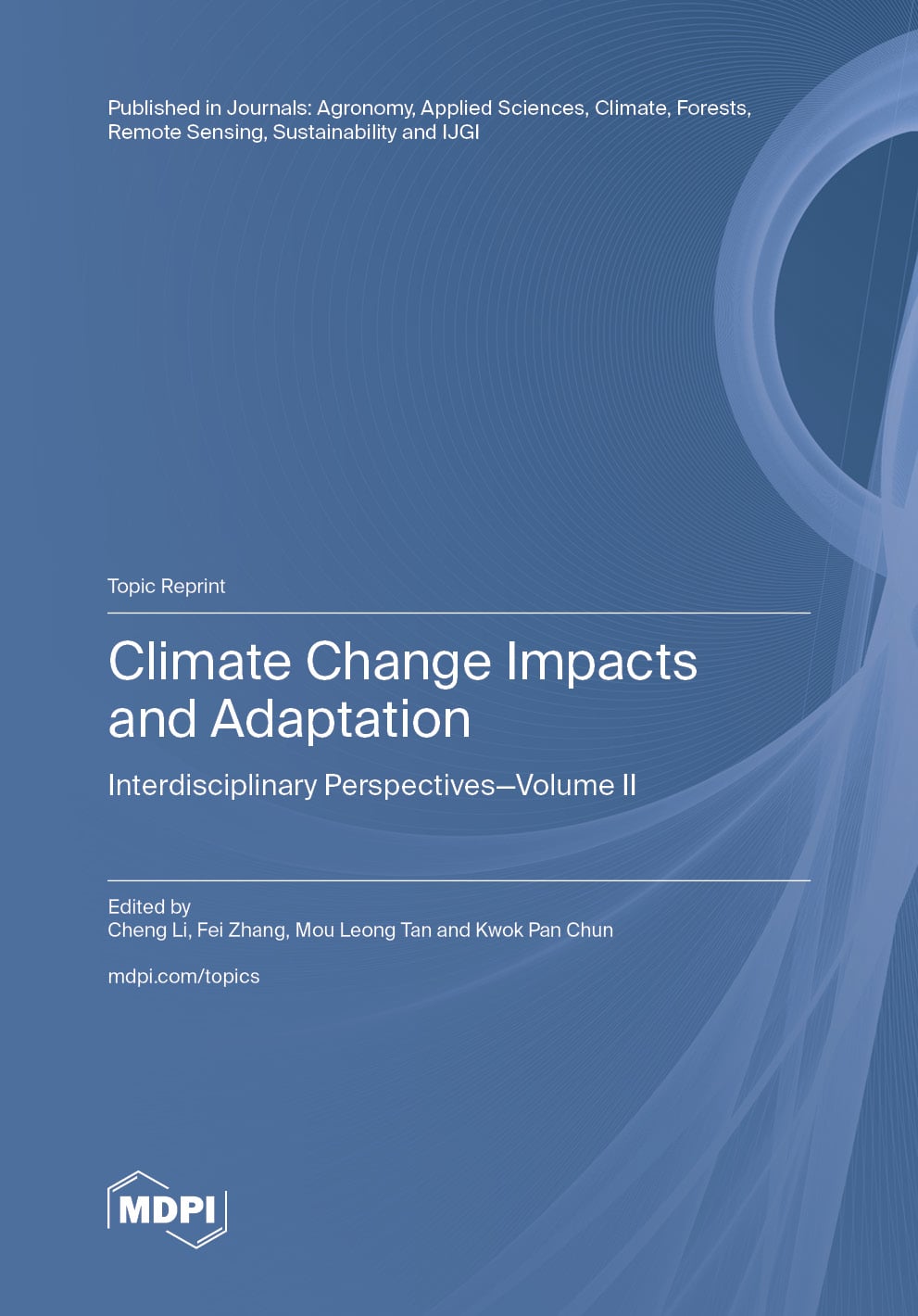- Article
Linking Soil Carbon Fractions to Tea Antioxidant and Quality: Impact of Biochar and Biogas Slurry Applications
- Shaohua Wang,
- Bingqin Fang and
- Kai Jiang
- + 5 authors
The effects of soil organic carbon fractions and tea enzyme activities on the antioxidant quality of tea leaves were determined. The experiment set up single biogas slurry application and co-application of biochar and biogas slurry (50%, 100%, 150%, 200% slurry substitution for nitrogen fertilizer, 350 °C pig manure biochar at 1% and 2% application rates and 500 °C rice straw biochar at 1% and 2% application rates). The results showed that, compared with the control (CK), the combined application of biochar and biogas slurry had a synergistic effect, with the most significant effect observed when 350 °C pig manure was combined with biogas slurry at a ratio of 2%. This treatment resulted in peak levels of readily oxidizable organic carbon (ROC) and dissolved organic carbon (DOC) in the soil, significantly increasing by 8.43 g/kg and 0.23 mg/kg, respectively, compared to the CK, and significantly enhancing the activity of key carbon cycle enzymes such as β-glucosidase (S-β-GC). These improvements in soil biochemical properties directly translated into improved tea quality: the tea leaves treated under this treatment had the highest content of tea polyphenols and amino acids, and the ABTS and DPPH free radical scavenging rates increased by 3.25% and 5.97%, respectively, compared to the CK, while the malondialdehyde (MDA) content was the lowest. Mantel test and multivariate regression analysis further confirmed that particulate organic carbon (POC) and dissolved organic carbon (DOC) were the main carbon components driving the accumulation of tea polyphenols, while catalase (CAT) and other enzymes were key co-regulatory enzymes. The optimal application ratio of biochar and biogas slurry not only improved tea leaf quality but also resulted in increased SOC content within the study period, providing preliminary evidence for promoting SOC accumulation in the short term.
6 January 2026




